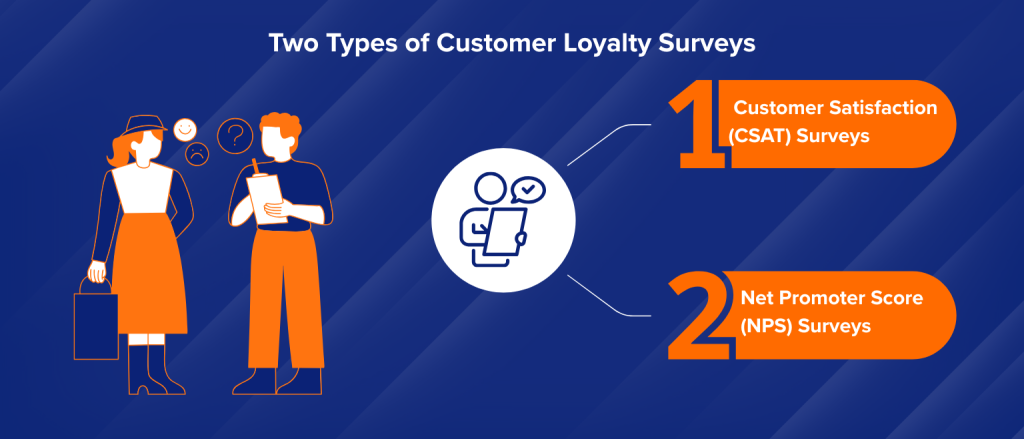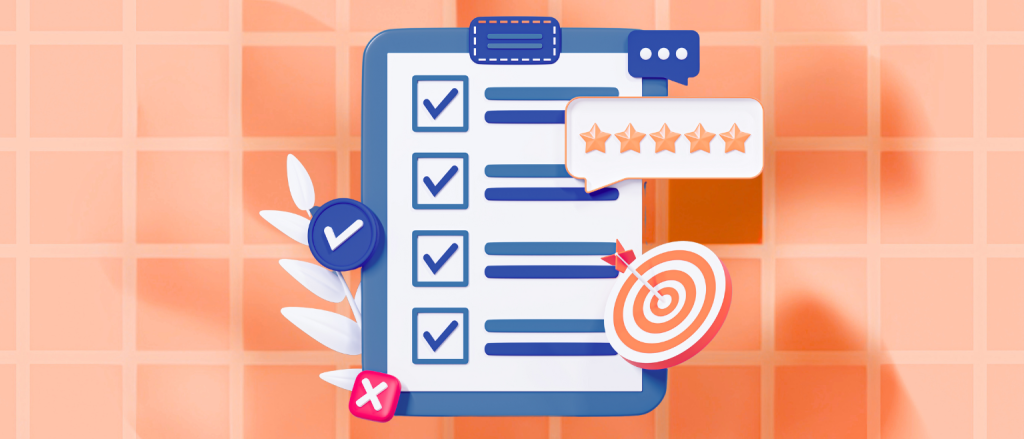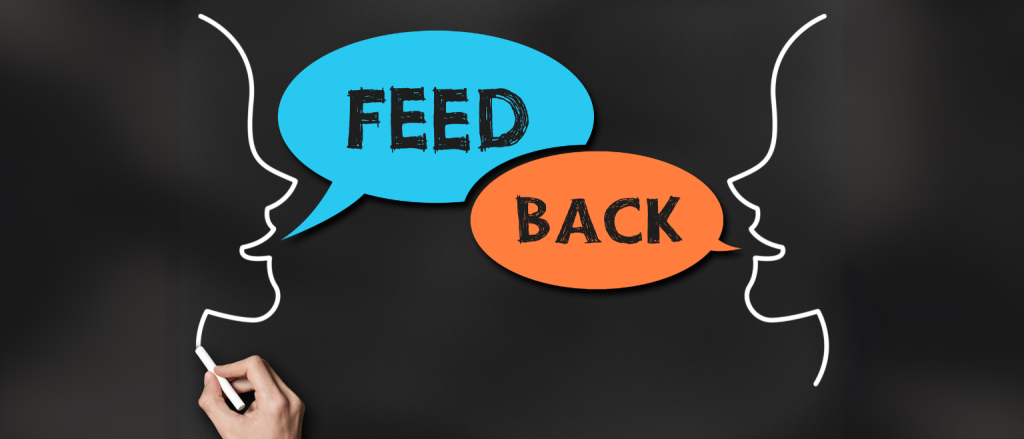
A big part of building a thriving business is understanding how your customers truly feel about their experience. Are they satisfied, or silently disappointed? Are they loyal supporters, or just passing through? Would they recommend your business to a friend or choose a competitor next time?
To answer these questions with confidence, you need more than assumptions. You need real, actionable feedback. That’s where customer loyalty surveys come in. These targeted surveys allow you to tap into your customers’ perspectives, uncover strengths, and pinpoint areas needing improvement — all of which play a critical role in boosting loyalty and reducing churn.
In fact, customer experience matters more than ever. Studies show that 59% of customers will abandon a brand after multiple poor experiences and 17% will do so after just one.
By using customer loyalty surveys effectively, you gain the insight needed to prevent lost business, improve customer satisfaction, and drive long-term growth. In this post, we’ll break down the two most impactful types of surveys and how to design them for maximum engagement and value.
Want to know how your business stacks up in terms of online reviews and engagement? Don’t guess — use our review performance scorecard to get a detailed, side-by-side comparison with others in your industry.
Why Customer Loyalty Surveys Matter
Customer loyalty surveys are more than just feedback tools — they are strategic instruments that help businesses measure satisfaction, identify weaknesses, and retain customers. In an era where one negative experience can cost you a loyal buyer, knowing how your customers truly feel is essential.
With the right survey strategies in place, businesses can gather meaningful insights that drive customer-focused improvements and increase retention rates.
Two Types of Customer Loyalty Surveys That Deliver Results

1. Customer Satisfaction (CSAT) Surveys
CSAT surveys focus on how happy your customers are with a particular product, service, or interaction. These surveys offer a direct window into customer sentiment and are ideal for identifying areas that need improvement or celebrating aspects that are working well.
How to Conduct an Effective CSAT Survey:
- Set a clear objective: Determine whether you’re evaluating a recent service, product feature, or general experience.
- Keep it short and simple: Limit the number of questions to maintain user engagement — 3 to 5 questions is ideal.
- Mix question types: Use both open- and closed-ended questions to get quantitative and qualitative feedback.
- Survey at the right time: Send surveys promptly after a customer interaction while it’s still fresh in their mind.
- Follow up when needed: Ask if the customer is open to sharing more feedback to dig deeper into their experience.
2. Net Promoter Score (NPS) Surveys
NPS surveys help you measure how likely customers are to recommend your business to others. They’re short, impactful, and easy to analyze.
NPS results are segmented into:
- Promoters (9–10): Loyal enthusiasts who promote your brand.
- Passives (7–8): Satisfied but not enthusiastic — vulnerable to competitors.
- Detractors (0–6): Unhappy customers who may harm your reputation.
How to Conduct an Effective NPS Survey:
- Make it quantifiable: Ask, “How likely are you to recommend us on a scale of 0–10?”
- Add context with follow-up: Include a text box asking why the customer gave that score.
- Be specific: Tailor questions to services, experiences, or even locations.
- Use across the customer journey: From post-purchase to long-term relationship check-ins.
- Collect a meaningful sample size: Diversify timing and channels to get enough responses.
- Avoid over-surveying: Allow time between surveys to avoid fatigue and ensure genuine feedback.
Best Practices for Designing Customer Loyalty Surveys
To ensure your surveys are effective:
- Focus on clarity and simplicity.
- Personalize when possible.
- Offer incentives to increase participation.
- Ensure mobile-friendliness for wider reach.
- Analyze responses and act on them quickly to build trust and loyalty.
The Impact of Customer Loyalty Surveys on Business Success

When used correctly, customer loyalty surveys can help:
- Improve customer retention.
- Identify patterns and trends.
- Reduce negative reviews.
- Enhance service quality.
- Build long-term customer relationships.
They aren’t just data collection tools — they’re proactive strategies to ensure your business evolves with customer expectations.
My Review Concierge: A Game-Changing Customer Feedback Solution

My Review Concierge is a powerful software solution that simplifies the process of collecting, analyzing, and acting on customer feedback. Designed for business owners who want to take control of their online reviews and elevate their customer experience, this all-in-one platform empowers you to:
- Launch targeted CSAT and NPS surveys.
- Automate follow-ups and feedback collection.
- Monitor real-time sentiment analysis.
- Turn happy customers into brand advocates.
Make smarter business decisions with data that matters — all from a single, easy-to-use dashboard.




